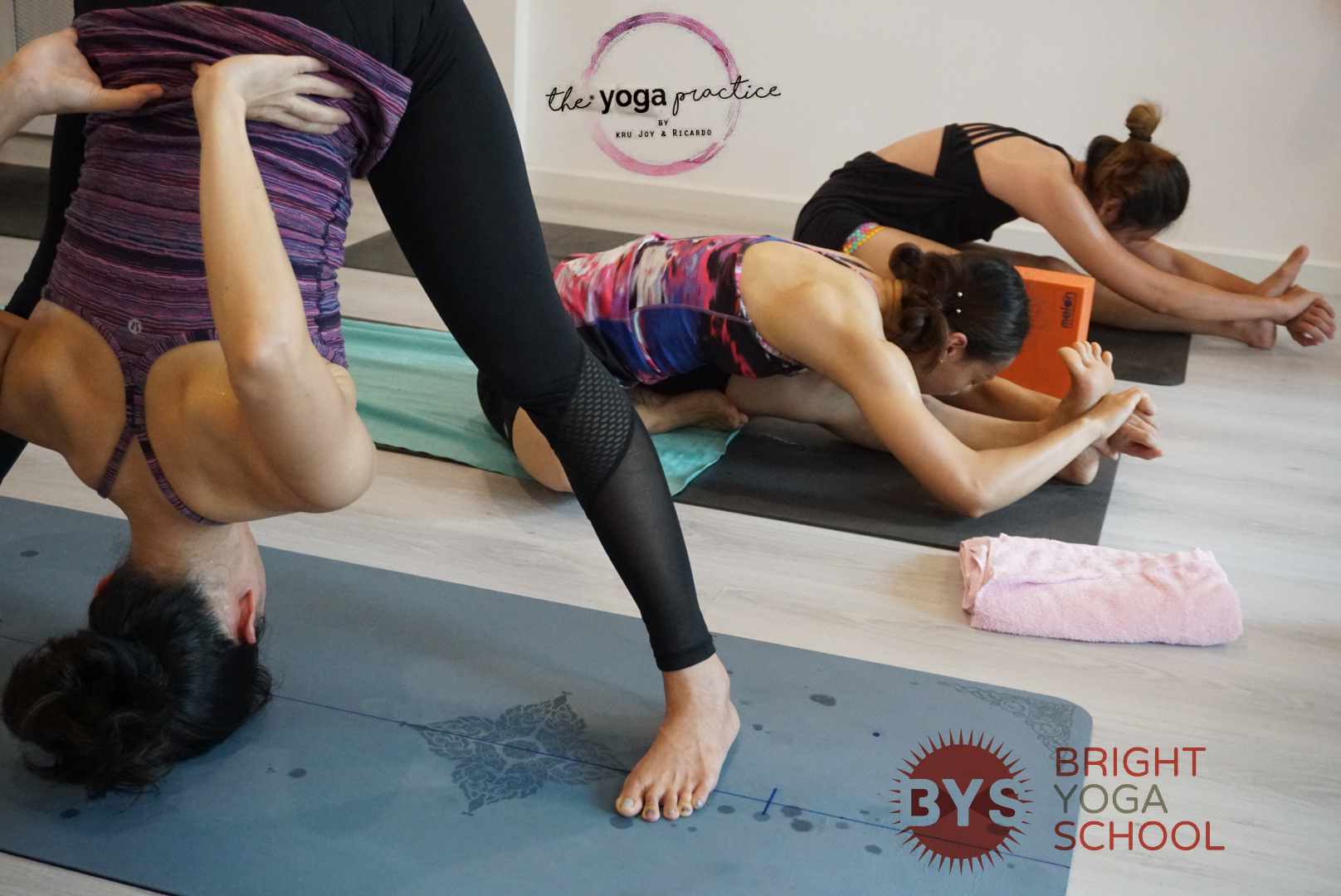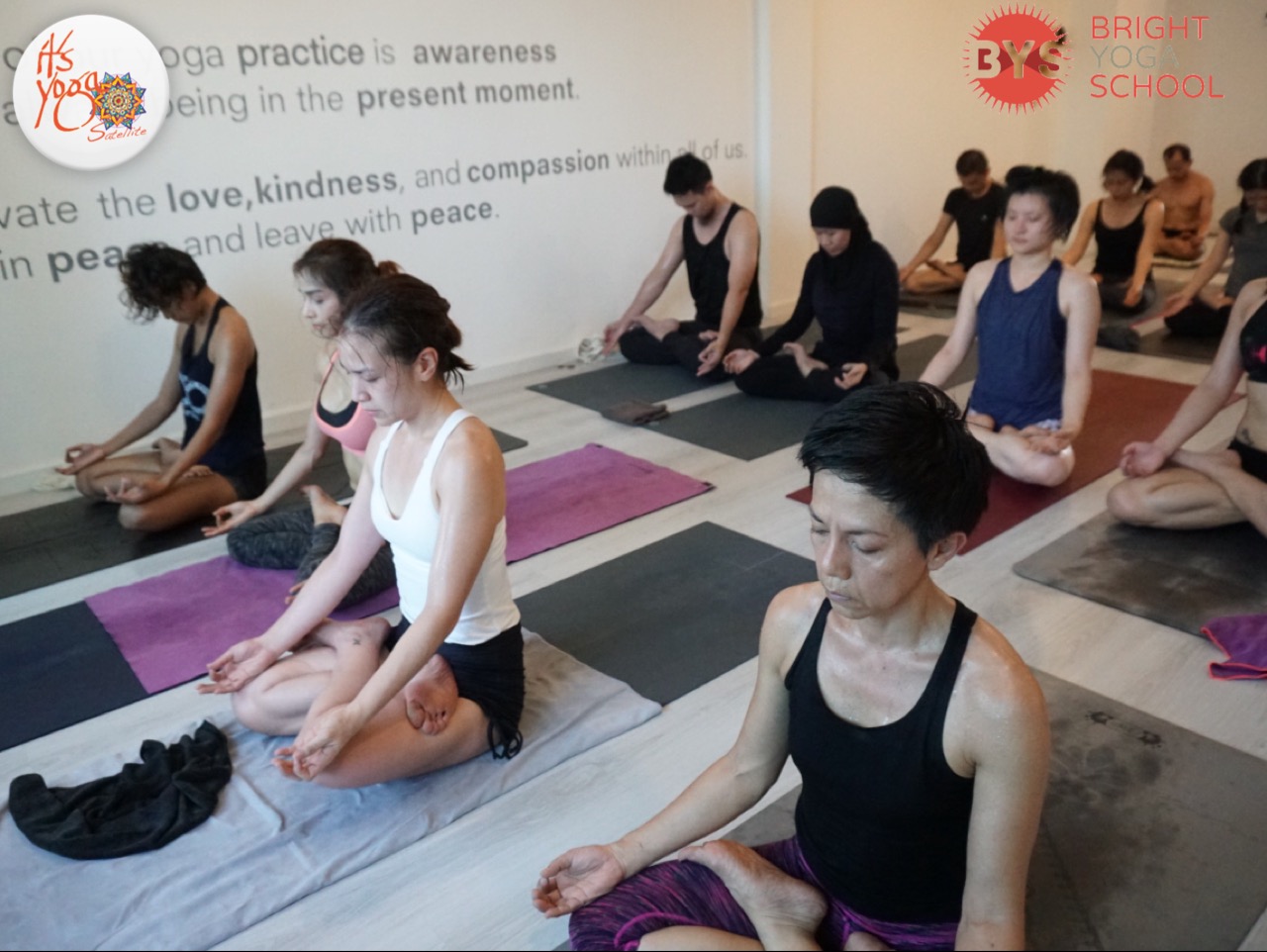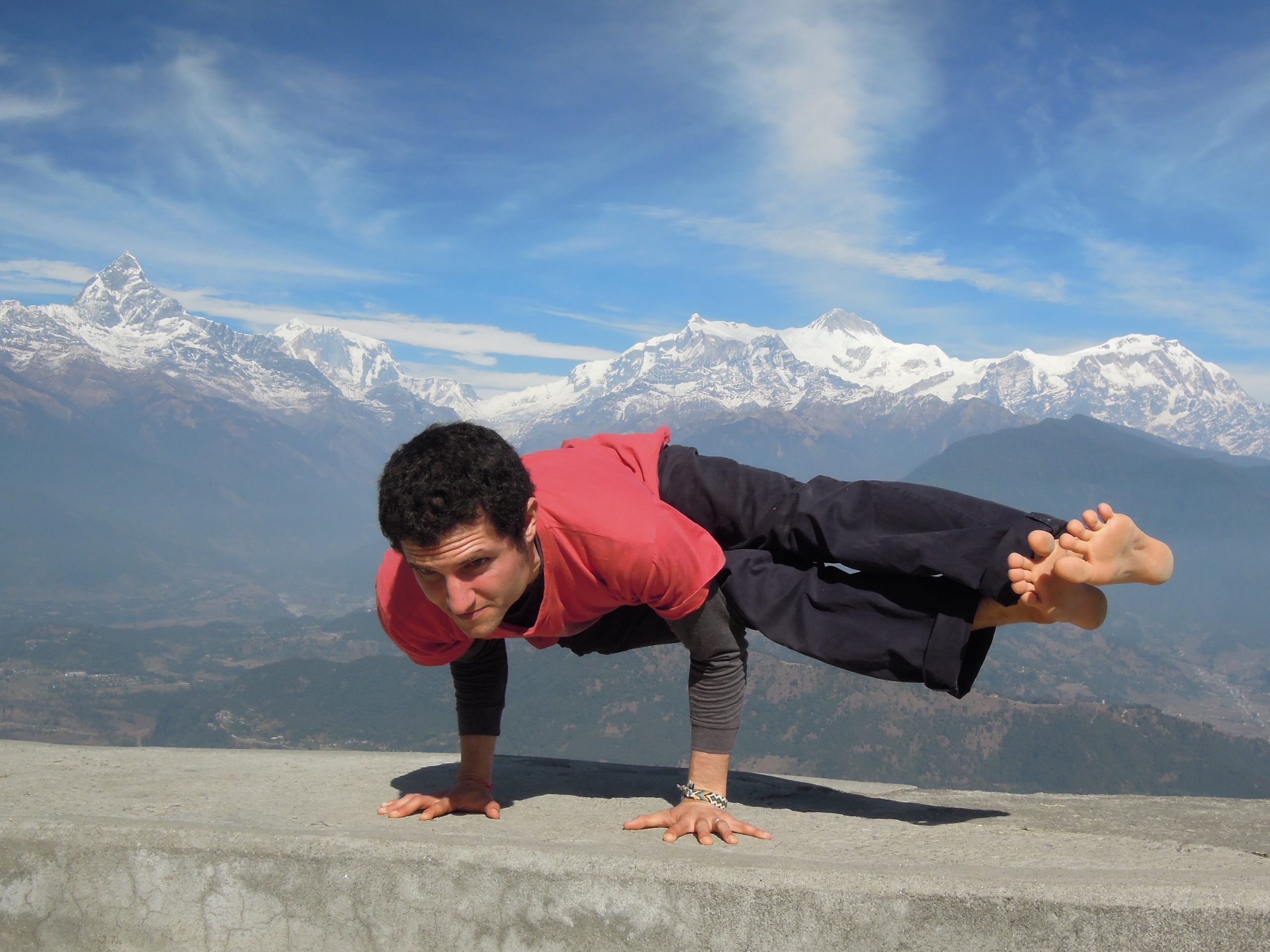“Saying you are not flexible for yoga
is like saying you are too dirty for a bath.”
Throughout our years of experience in teaching yoga, we have met students with different capabilities, understandings, and approaches when it comes to the yoga practice.
One of the most common concerns beginner students have is, “I am not flexible, so I don’t know if yoga is for me.” If you worry about this, too, then yoga is actually one of the best ways to release stiffness and tension in the body, as well as improve your joint mobility. It is very common nowadays for not only elders, but also in fairly younger people, to have very limited joint mobility, especially on the knees and the lower back. Lack of mobility in the joints (perhaps due to lack of daily stretching/movement or any exercise in general) leads to poor posture, more serious joint injuries and other health implications.
Mobility on the hips is one of, if not the most important part of the body to keep in check because the more mobile you are on your hips, the more mobile you will be on the other parts of your upper and lower body. Likewise, if you are too tight or stiff on your hips, your upper and lower body muscles and joints will compensate for this lack of mobility on your hips. For example, in a physical activity as simple as walking, there will always be a gentle twisting motion happening in both the lower back and the knees if the hips are tight – the more we are mindful of this simple reminder, the more we can prevent suffering from lower back and knee pain in the future.
In practices such as Ashtanga Vinyasa and Rocket Vinyasa, there are so many postures in the standing and seated sequences that work on hip opening, which make these asana practices are a great way to alleviate pressure on the lower back, as well as a safe way to maximize the knees’ anatomical function – flexion, extension, and a little bit of rotation.
With regards to poor posture, these yoga asana sequences are especially beneficial for people who are used to working around 8 hours a day seated and hunched over a desk. Not only will the standing and seated sequences give you the opportunity to practice stretches that release the back of the body, but you will also cultivate good posture by practicing correct spinal alignment.
Moreover, as having flexible hips will release stiffness in the spine, it will also eventually increase your lung capacity, thereby allowing you to take deeper breaths. Deeper breaths cultivates more energy into your life, strengthens your immune system, slows down the aging process, calms the mind by reducing tension and stress, and fortifies your body’s natural ability to heal, among many other benefits
All of the amazing benefits that having a flexible body are available to anybody who wants to practice yoga – as long as one’s mind is open to the idea of not letting one’s capacities and limitations be a barrier to the practice. Just get on your mat, practice with patience and persistence, and soon enough, you will experience progress.


